Semester in Review, 2.2: More Poets and Pictures
Tess Yanisch ’13
(Note: This post is part of a series about what I was up to this fall. I was taking four regular classes and Ma'ayan's photography ExCo, pictures from which will be sprinkled throughout the more academic posts.)
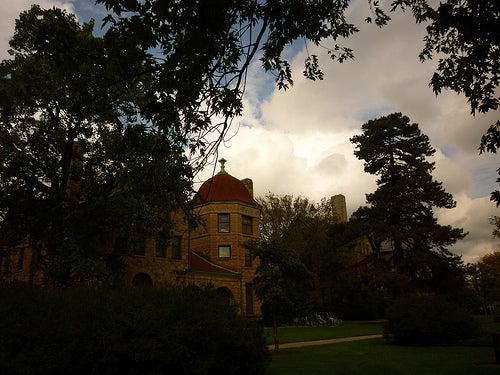
The name of the English course I took last semester is The Electric Age. That's because so much of the writing from that era deals with new things, exciting political, spiritual, and scientific developments. Nothing was off-limits for writing--poetry was often intensely political and praised new scientific developments as much as old religious traditions. In fact, many writers and other great thinkers of the age saw everything as connected, the new spirit of exploration into the self and out into the world as probing the mysteries of God. Everything was intricate, interlaced, beautiful.

The master of intricacy and obscurity was William Blake--a little earlier than the rest of the Romantics, but sharing many of their sensibilities. The only one of his poems that I knew going into this class was "The Tyger." It was, in fact, the first "real" poem I ever learned. (Not the entire thing, just the well-known opening stanza.) I'm not sure why it came up, but I remember standing on my bed, three or four years old, and asking Mom what "fearful symmetry" meant. After that, I guess, I remembered it because it was about a big bright tiger in the woods at night.
Aside from this early introduction, I have another personal reason to be curious about Blake--my brother is named after him. (Blake is actually his middle name, but that's what he goes by.) Naturally, I was eager to read more of his writing, and I was not disappointed.
The thing about (William) Blake, though, is that he didn't necessarily intend to be a poet. He originally wanted to be a painter. His parents, though, sent him into the engraving business, so he made incredibly elaborate, breathtaking engravings. Then he started writing poetry and making engravings to illustrate it. Everything had to be written, drawn, etc. backwards so it would come out properly on paper.
He had a very radical view of religion--that, basically, the Church was wrong, corrupt, distracting from real worship, and so on. He also had his own self-referential mythology that apparently keeps popping up throughout his work, but that makes very little sense when you run across scraps of it on its own, without knowledge of the rest for context. The Marriage of Heaven and Hell, which we read in class, brings some of this in. Primarily, it makes the argument that restraint of desire is restraint of the soul and joy is a good thing. It's narrated for the most part by the devil, who is here a Miltonic figure, kicked out unfairly for independent thought. (This is the origin of the expression that Milton was of the Devil's party without knowing it.) There are also allegorical stories and lists of the "Proverbs of Hell," which would make much more sense if I were more familiar with the actual Bible. Someday...
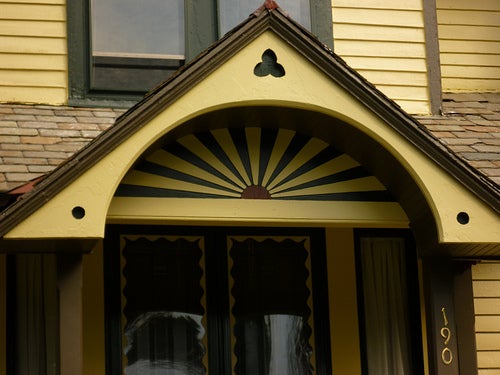
.
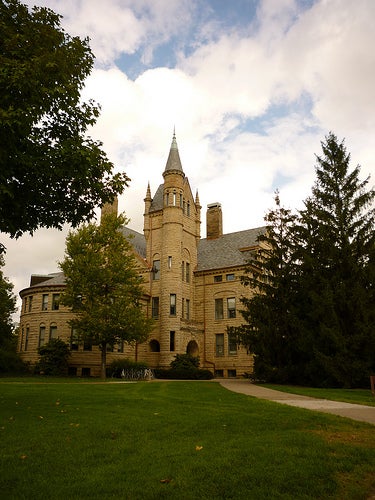
We looked at Coleridge and Wordsworth together, since they were friends and actually collaborated on several poems. Coleridge always seems a bit of an odd duck to me. "Kubla Khan" and "Rime of the Ancient Mariner" are beautiful but very mysterious, things always assumed or hinted at that can be taken different ways. I was a bit surprised when I read some of his other poetry on more mundane topics.
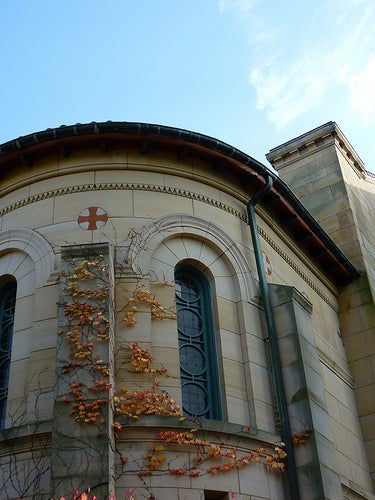
But Wordsworth, the aptly-named Wordsworth! He explains everything thoroughly, painting a scene as completely as he can. We read "Tintern Abbey" and excerpts from The Prelude, both of which I enjoyed very much. They're both almost journal-like in the level of detail and reflection on change and life. Wordsworth actually worked on The Prelude for most of his life. It's about his youth--childhood and early adulthood--the formative experiences that made him decide to write poetry. He kept revising it and adding onto it. The idea was that it would be published after his death and his family could live on the royalties. It's very much embedded in nature, and puts forth the idea that Nature somehow chose him to inspire to be a poet. The parts that I read were about him wandering around in the hilly country where he lived, finding secret places, or going away from the other children ice skating to just stare up at the crags above him.
There's a great passage during his childhood--I'm picturing him about ten years old--where he sneaks out in the middle of the night, steals a boat, and rows out into the lake. As he pulls further away from the shore, he gets to a vantage point he'd never had before, and behind one crag he's known all his life he sees another mountain rising, looming (so he feels) right over him, blocking out the starlight. It startles him, shakes him, makes him feel like the world is looking at him, and he rows back to shore and puts the boat back and has dreams about indistinct looming forms for, basically, the rest of his life. Older Wordsworth, narrator Wordsworth, implies that this awareness of something huge watching--or even just existing--beyond daily perception affected his life and his writing. I can see that happening to a sensitive, intelligent kid, especially one with an uneasy conscience, very easily indeed.
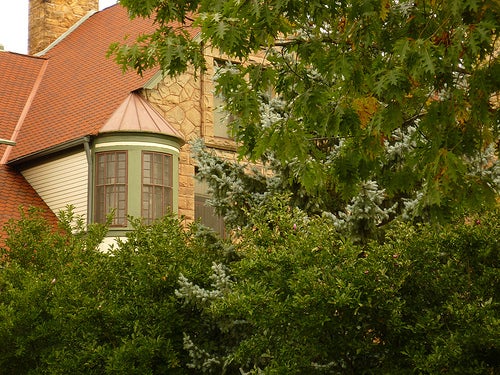
But the class was about more than just poets. Remember, the course title was "The Electric Age." Professor Jones wanted us to get a feeling for the spirit of the time, the electric excitement in all kinds of different fields. The class split into pairs. Each pair chose a prominent British figure from the time we were covering and gave a ten-minute presentation on them. We had painters, poets, statesmen, scientists, doctors, and (in my case) Mary Wollstonecraft, a writer and early feminist with an extremely complicated life.

.
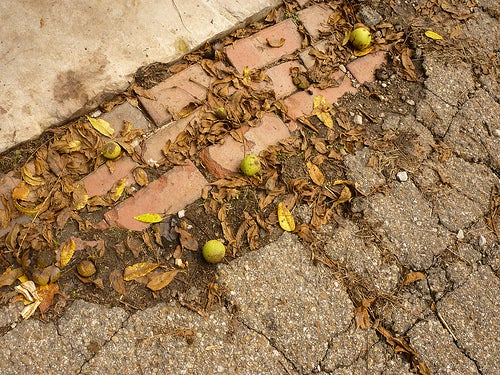
Mary Wollstonecraft--Mary Wollstonecraft Shelley's mother--is an interesting figure, alternately hailed as an early feminist and slammed for being an early feminist throughout history. I enjoyed learning about her, but I doubt I'd have liked her in person; she had a habit of attaching herself obsessively to one person, making them the focal point of her life, and then feeling hideously betrayed when they didn't return her friendship or love with an equally consuming passion. She sounds exhausting.
However, she's a complex and contradictory person. Her early writings are not actually very feminist--she wrote a book on the education of daughters, but the elements of that recommended education are rather conservative. I think novel-reading was severely discouraged as overly-stimulating to the fragile imagination.
After writing that, she got a post as governess with a wealthy family and observed the intrigues going on amongst the rich, apparently with a mixture of aloof superiority and insidious jealousy. She eventually got fired when her employer's lover seemed to be paying too much attention to her. So she went to London and talked with her publisher. She ended up on the payroll of his literary review, interacting with brilliant writers. I think these two jobs together did a lot to liberalize her views. In this period, she wrote "A Vindication of the Rights of Man" in support of the French Revolution, along with her most famous work, A Vindication of the Rights of Woman, arguing for more liberal divorce laws and education for women. She did not, however, advocate for the vote.
Side note: this publisher, whose name I can't recall at the moment, knew everyone in the London intellectual circle. His letters would be fascinating reading. Unfortunately, since writing was so politicized at the time, and since a lot of them were supporting the incipient French Revolution and other borderline-loyal things, he prudently burned all his correspondence.
Eventually Mary fell in love with Henry Fuseli, a painter who one of the other teams had given a presentation about. She decided she was his "spiritual wife" and asked to move in with him and his actual wife, who, unsurprisingly, objected. To get over the disappointment, she went to France. She was in Paris when the Revolution turned nasty. An American captain, Gilbert Imlay, whom she had fallen in love with, got her out of Paris to a lovely little villa in the countryside.
Somewhere in all this, she realized she was pregnant.
Many things happened, the order of which I don't exactly recall. She gave birth and was up and walking in a few days because she felt like it. This was unheard-of at the time, when common wisdom held (incorrectly) that at least a month of bed rest was necessary after birth. Imlay registered her as his wife at the American embassy, although they weren't married; they got permission to leave the country. Mary and their daughter, Fanny, did eventually get back to England, but Imlay was off on a voyage. Over the next few years, he kept promising to come back. He asked her to go to the Netherlands to sort out a few of his business interests. She did so.
For a woman to be traveling unaccompanied by a man, with a nurse and a baby, on a business trip, in the early 1800s, was almost unthinkable. It seems, however, that Mary had a great time. The letters she wrote to Imlay about her journeys--part travelogue, part proto-sociology--were usually cheerful. These were later published and were the best-selling of her works during her lifetime.
However, this incredible adventuring spirit wasn't enough for Imlay. He doesn't seem to have really been much attached to her--she was probably just supposed to be a fling for him. He came back to London, but was living with an actress. Mary grew extremely depressed and twice attempted suicide, both times being rescued against her will. Then--the biography I read seemed rather baffled about this--she somehow seems to have gotten over him. Any correspondence from the period of resolution has been lost, though it's likely they talked or wrote about it; it would be too weird for this turnaround to happen entirely on its own. We do know that they met on the road by chance one day and he walked her home and it wasn't a big deal.
In a few years, Mary's life was much less chaotic. She seems to have grown less insecure, though her emotions were still intense. She had friends in the same socially uncertain position as herself: actresses and other writing women. She met and fell in love with one William Godwin, a writer and philosopher. They seem to have been very happy together, despite occasional bickering.
The first big argument they had was when Mary found herself pregnant again. She wanted to get married immediately, probably terrified of a repeat of the Imlay situation. Godwin was philosophically opposed to the institution of marriage, seeing it as a social construct excessively binding to both parties. Furthermore, it would be damaging to both their social positions, since it would mean revealing Mary was never actually married to Imlay.
Still, they did get married, and both seem to have been extremely happy together. They lived more or less separately--not far apart, though--so they would each have their privacy and workspace, but sent each other notes multiple times a day. These ranged from flirtatious to chiding to domestic--Mary wrote a letter the day of their wedding reminding him to run some errand and adding that she enjoyed the feel of having the right to do that now. Everything seems to have run along smoothly, both of them excited for the baby's arrival, Mary confident that the delivery would go off without a hitch, as it did with Fanny.
Unfortunately, she was wrong; the baby was fine (and would go on to write Frankenstein; see my last post), but she herself died of an infection three days later. Godwin was devastated.

Now, imagine fifteen presentations like that, all about extremely different people, and you will get a feel for the last few weeks of this class. I think it was successful in demonstrating the range of innovation and the interconnectedness of those developments in every area of life. The presentations contextualized the poems in terms of history, politics, nationalism, scientific developments, and philosophy, important topics that the poets themselves drew on heavily.
In other words, it was a great class.
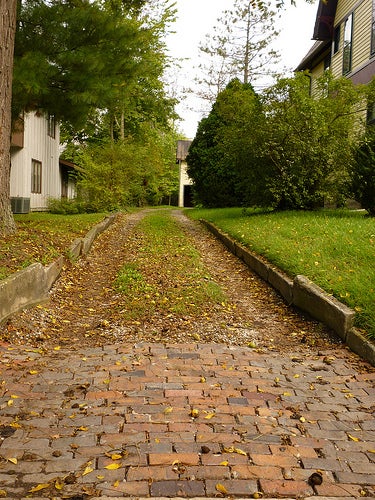
Tags:
Similar Blog Entries
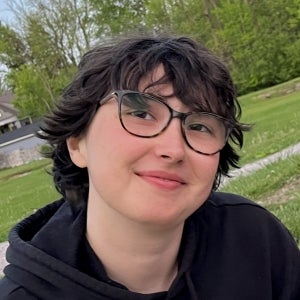

Course Registration: To Explore or to Specialize
To explore or not to explore? To narrow in or not to narrow in? These are the questions.
